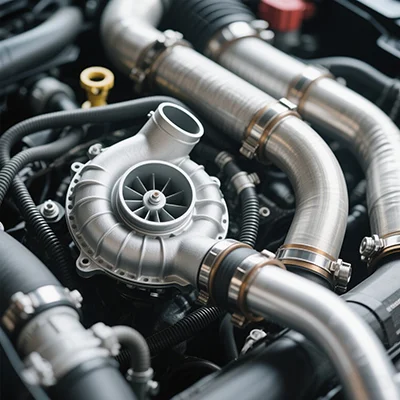Mastering Printer Maintenance: A Comprehensive Guide on How to Clean Printer Heads for Optimal Performance
In the digital age, printers remain an essential tool for both personal and professional use. However, one of the most common issues users face is clogged printer heads, which can lead to poor print quality, streaks, and even complete printing failures. Understanding how to clean printer heads effectively is crucial for maintaining your printer's performance and longevity. This article delves into the intricacies of printer head cleaning, offering practical tips and techniques to ensure your printer operates at its best.
Understanding Printer Heads
Before diving into cleaning methods, it's essential to understand what printer heads are and how they function. Printer heads are the components responsible for transferring ink onto paper. They contain tiny nozzles that spray ink in precise patterns to create images and text. Over time, these nozzles can become clogged due to dried ink, dust, or other debris, leading to subpar printing results.
Signs of Clogged Printer Heads
Recognizing the signs of clogged printer heads is the first step in addressing the issue. Common indicators include:
- Inconsistent Print Quality: If your prints show streaks, faded areas, or missing colors, it may be time to clean the printer heads.
- Error Messages: Some printers will display error messages indicating that the print head needs maintenance.
- No Ink Output: If the printer produces blank pages, it is likely that the nozzles are blocked.
Preparing for Cleaning
Before you begin the cleaning process, gather the necessary materials:
- Lint-free cloths: To avoid leaving fibers on the printer head.
- Distilled water or isopropyl alcohol: For dissolving dried ink.
- Cotton swabs: For precision cleaning.
- Printer cleaning solution: Optional, but can be effective for stubborn clogs.
Methods for Cleaning Printer Heads
- Automatic Cleaning Cycle
Most modern printers come equipped with an automatic cleaning function. This is the easiest and least invasive method to clean printer heads. To initiate this process:
- Access the printer's maintenance menu via the control panel or software.
- Select the Clean Print Head option.
- Follow the on-screen instructions.
While this method is convenient, it may not always resolve severe clogs.
- Manual Cleaning
For more stubborn clogs, manual cleaning may be necessary. Here’s a step-by-step guide:
- Turn Off and Unplug the Printer: Safety first. Ensure the printer is powered down and unplugged.
- Remove the Ink Cartridges: Carefully take out the cartridges to access the print head.
- Dampen a Lint-Free Cloth: Use distilled water or isopropyl alcohol to moisten the cloth. Avoid soaking it.
- Wipe the Print Head: Gently wipe the print head with the damp cloth, focusing on the nozzles. Be careful not to apply too much pressure.
- Use Cotton Swabs for Precision: For hard-to-reach areas, dip a cotton swab in the cleaning solution and gently clean the nozzles.
- Reassemble the Printer: Once cleaned, reinsert the ink cartridges and plug the printer back in.
- Soaking Method
If manual cleaning does not yield results, consider the soaking method:
- Remove the Print Head: If your printer allows it, carefully detach the print head.
- Soak in Cleaning Solution: Place the print head in a shallow dish filled with distilled water or a specialized cleaning solution. Let it soak for several hours or overnight.
- Rinse and Dry: After soaking, rinse the print head with distilled water and allow it to dry completely before reinstallation.
Preventive Measures
To minimize the risk of clogged printer heads in the future, consider the following preventive measures:
- Regular Use: Regularly using your printer can prevent ink from drying in the nozzles.
- Quality Ink Cartridges: Use high-quality ink cartridges that are less likely to clog.
- Environment Control: Keep your printer in a dust-free environment and avoid extreme temperatures.
Conclusion
Cleaning printer heads is an essential maintenance task that can significantly enhance your printer's performance and longevity. By understanding the signs of clogs and employing effective cleaning methods, you can ensure that your printer consistently produces high-quality prints. Regular maintenance not only saves you time and money but also extends the life of your printer, making it a worthwhile investment for any user. Remember, a well-maintained printer is a reliable printer, ready to meet your printing needs at any time.
